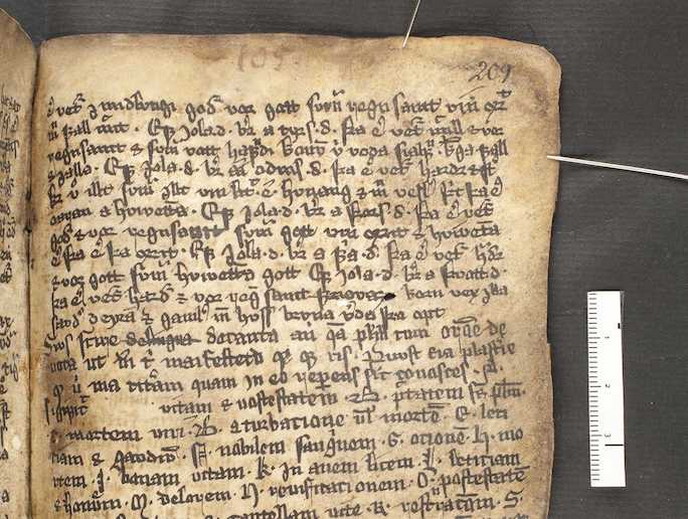The debt the Scientific Revolution owes Latin
Science as we now know it, grew out of the study of nature from the late 15th to the 18th century. As the lingua franca of the age, Latin was key to this development. Yet, while the extent and importance of Latin’s role has long been known, many specific details remained uncharted. After creating a database(opens in new window) presenting around 1 000 scientific texts in Latin, the NOSCEMUS project, which was funded by the European Research Council(opens in new window), has produced a monograph providing an overview of the field, soon to be published by Oxford University Press. Additionally, four more monographs were produced which analyse the key functions of the literature: naming new objects and notions; describing and explaining them; arguing for certain positions; and publicising science. “This first overview of early modern scientific literature in Latin offers a good starting point for researchers seeking to refine or deepen their understanding of particular areas,” says Martin Korenjak, project coordinator of the NOSCEMUS project.
Wonders of digitisation, woes of categorisation
While mass digitisation programmes such as Google Books offered a valuable research opportunity, as the number of pertinent texts ran into six figures, rather than aim for comprehensiveness, Korenjak sought to represent chronology, scientific disciplines and literary genres. Chronology proved relatively easy – the period was divided by centuries, from the invention of print to the demise of Latin – but the others were trickier. As science has developed, so the landscape of early modern science cannot simply be mapped onto the present one. To accommodate this, Korenjak used a mix of early modern (e.g. alchemy, astrology) and modern (e.g. physics) categories in the database. Meanwhile texts were divided into 20 major genres, which necessitated the omission of minor genres and inventions of a few new ones. In order to transcribe the Latin texts in the database, Korenjak’s collaborator Stefan Zathammer developed a version of the Optical Character Recognition tool, ‘Transkribus’(opens in new window). Now widely used by other researchers, it can also handle prints in the various vernaculars and typefaces of the time. A key finding of NOSCEMUS was that as scientific and technical texts usually fall outside their expertise, Latinists’ image of early modern Latin literature has been unduly dominated by other kinds of writings, particularly belles-lettres(opens in new window). Meanwhile, historians of science have tended to neglect Latin-led aspects, from academic dissertations to the botanical tradition. “Our research has shown that both have missed out on some interesting aspects of their disciplines, while also risking factual errors and even distortions of their subjects. For example, people writing in the vernacular, such as Galileo Galilei(opens in new window), have become scientific heroes, while others equally important but published in Latin, such as Galilei’s brilliant antagonist Christoph Scheiner(opens in new window), are largely forgotten today,” notes Korenjak.
Lessons for the present
According to Korenjak, reading the texts through the lens of ancient rhetoric – key to the education of these Latin authors - highlights their communication skills, as they wrote for an educated readership beyond the scientific community. “We can learn a lot from the way these authors build persuasive arguments; this is especially relevant to our own time, often characterised by distrust or disregard for science, as evidenced during the pandemic,” adds Korenjak. NOSCEMUS’s textual analysis also suggested that the study of nature evolved in close interaction with the development of humanism during most of the early modern period. “As science was only one province of early modern learning, along with theology, law, philosophy, history and philology, we would benefit from similar overviews of these too,” says Korenjak from the University of Innsbruck(opens in new window), the project host.







